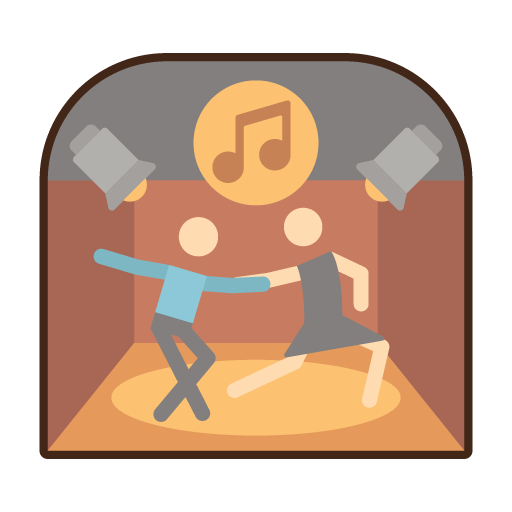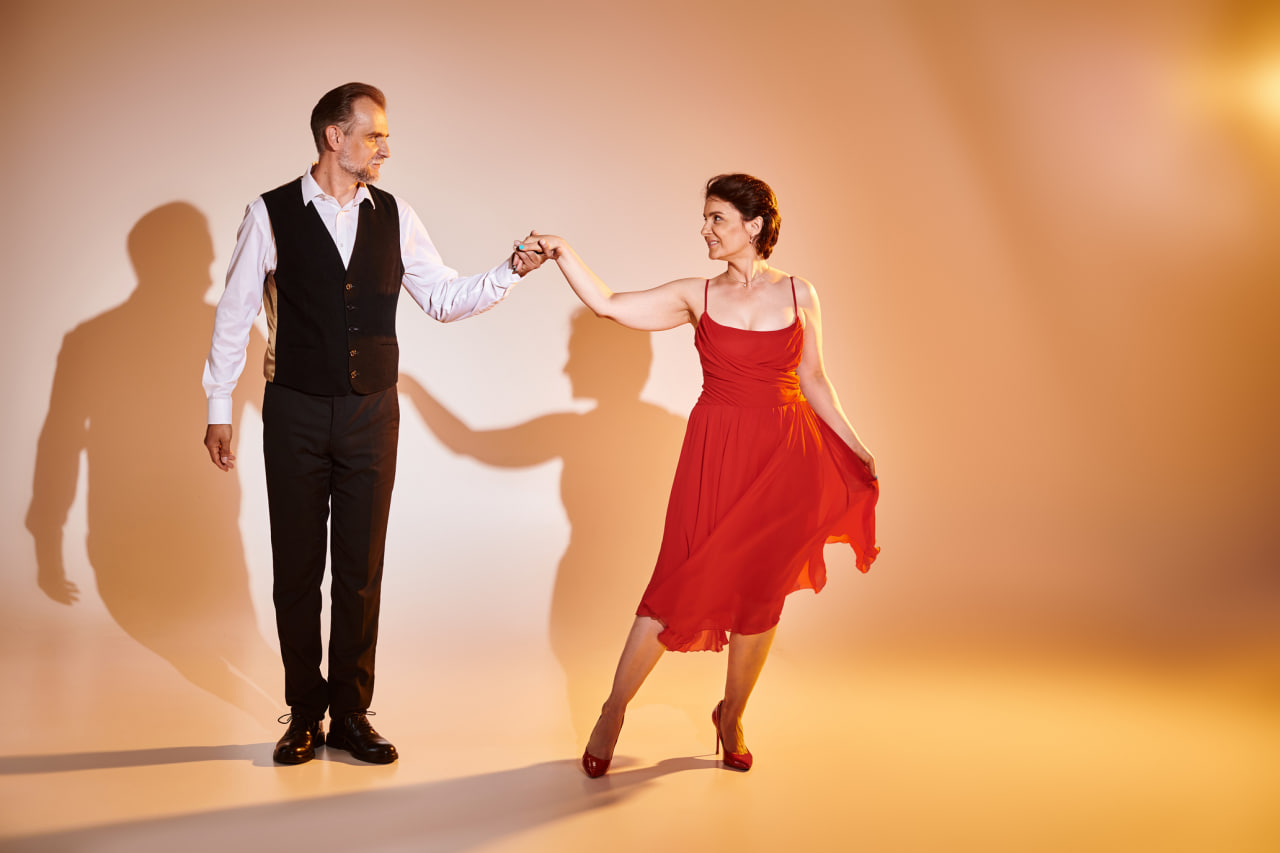Behind the Scenes: What Happens in a Ballroom Class?
If you’ve ever watched a ballroom dancer glide across the floor and thought, “I could never do that,” you’re not alone. Many people admire ballroom dancing from afar, convinced it’s reserved for the highly trained or exceptionally graceful. But the truth is, ballroom classes are designed to welcome dancers of all levels—from absolute beginners to seasoned performers. So, what really happens behind the studio doors once the music starts?
At Ballroom Flow School, we make the learning process enjoyable, accessible, and empowering. Whether you’re curious about joining a class or simply want to know more, this inside look at what happens during a ballroom dance lesson will take away the mystery and maybe even inspire you to join us on the dance floor.
The Warm-Up: Preparing Mind and Body
Every class begins with a short warm-up. This isn’t a high-intensity workout, but a gentle, purposeful way to prepare the body for movement. The instructor will lead the group through stretches and basic steps that help increase circulation, loosen joints, and awaken your sense of rhythm. This part of class also helps students shift their focus from the outside world to the present moment.
It’s more than physical preparation — warming up also helps calm nerves, especially for first-timers. You’ll start to get a feel for the music, your body, and the studio space. The atmosphere is relaxed, friendly, and encouraging.
Learning the Fundamentals: Steps, Timing, and Posture
Once everyone is ready, the instructor begins introducing or reviewing specific ballroom steps. Depending on the level and style of the class, you may be learning dances such as the waltz, cha-cha, tango, or foxtrot. Each style has its own set of movements, timing, and character.
The focus is often on footwork, body position, and connection with your partner. You’ll learn how to count the beats of the music, which foot to step with, and how to hold proper posture and frame. These fundamentals are taught step by step, often with repetition to build muscle memory.
For beginners, the first few classes may focus on walking patterns, basic turns, and getting comfortable with partner work. Intermediate and advanced students might dive deeper into technique, styling, and choreography.
Practicing with Partners: Connection and Communication
Partner dancing is at the heart of ballroom, so practicing with others is a key part of each class. In a group setting, students often rotate partners so everyone gets experience dancing with different people. This builds adaptability and confidence and helps create a friendly, team-oriented atmosphere.
If you’re attending a private lesson or dancing with a consistent partner, you’ll get more focused feedback on your partnership. Instructors often guide couples on how to lead and follow effectively, maintain rhythm together, and move as one.
While dancing with a partner may feel intimidating at first, most students quickly realize it’s actually a fun and rewarding way to build communication skills, trust, and physical awareness.
Instructor Feedback and Individual Tips
Throughout the lesson, your instructor will walk around the room, giving feedback and encouragement. The goal is to help you grow without overwhelming you. Instructors may offer corrections on posture, timing, or movement, often with visual demonstrations or analogies to make things easier to understand.
In smaller classes or private sessions, you might receive more direct coaching. Even in group lessons, however, instructors strive to make each dancer feel seen and supported.
Putting It All Together: Dancing to Music
After practicing individual steps and techniques, it’s time to put everything together with music. This is the moment when the lesson starts to feel like real dancing. The instructor plays a song suited to the style being taught, and students apply what they’ve learned in a full sequence or routine.
Dancing to music helps develop rhythm, timing, and emotional expression. It’s also when students begin to truly feel the joy of ballroom — the flow of movement, the connection to the music, and the sense of progress.
Sometimes this part of class includes mini-performances, small group showcases, or freestyle practice, depending on the level and goals of the group.
Ending on a High Note: Cooldown and Community
As class winds down, instructors often lead a short cooldown or stretch session to relax the muscles and reflect on what was learned. This is a great time to ask questions, share feedback, or simply enjoy the camaraderie of your fellow dancers.
Many students stay a few extra minutes to chat, make plans to attend social dances, or schedule their next class. That’s because ballroom isn’t just about learning steps — it’s about building community, boosting confidence, and having fun.
Whether you’re attending your first class or your fiftieth, every ballroom session offers something new to explore. It’s not about perfection; it’s about progress and presence. The more you show up, the more the dance becomes a natural extension of who you are.

